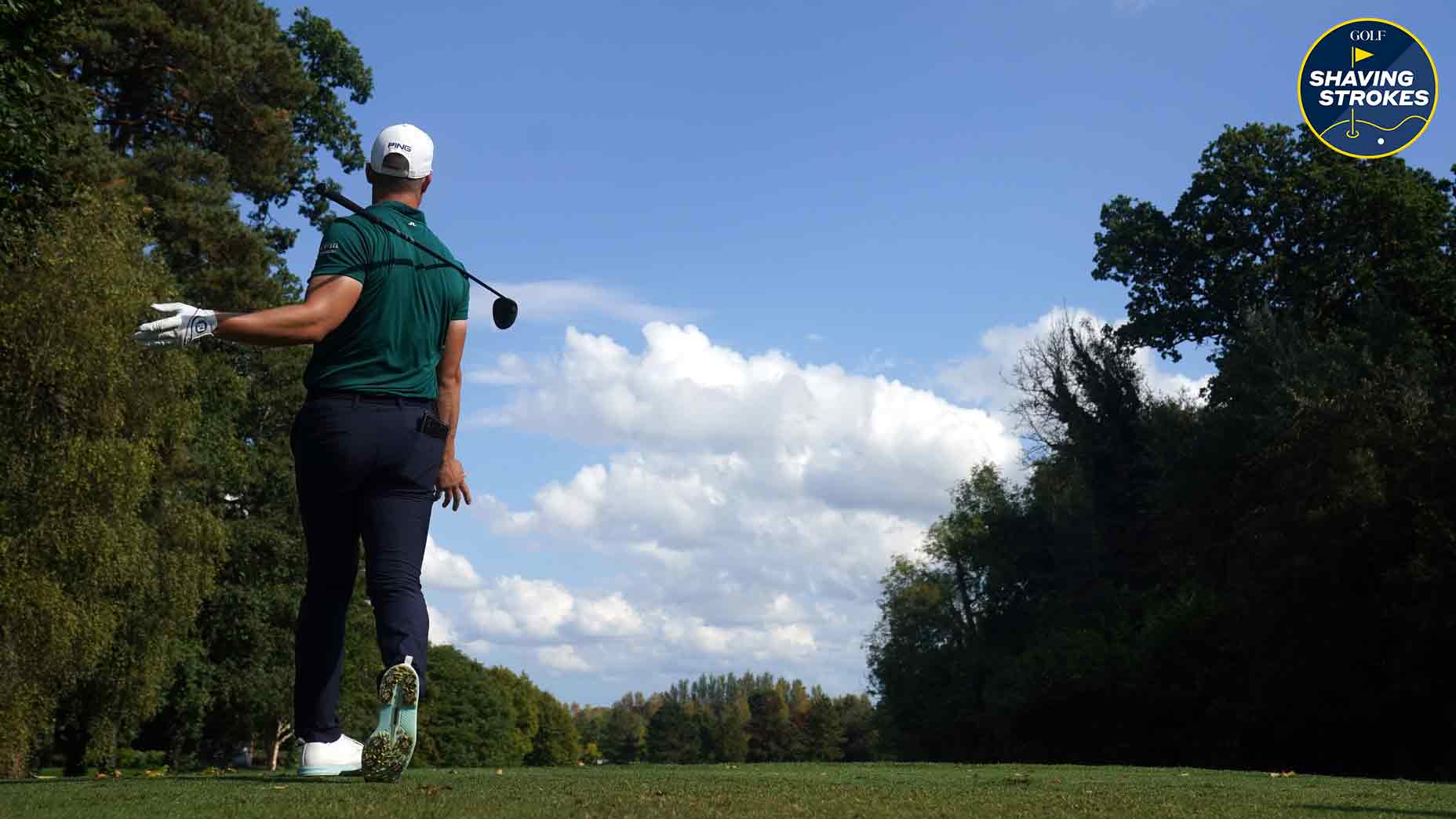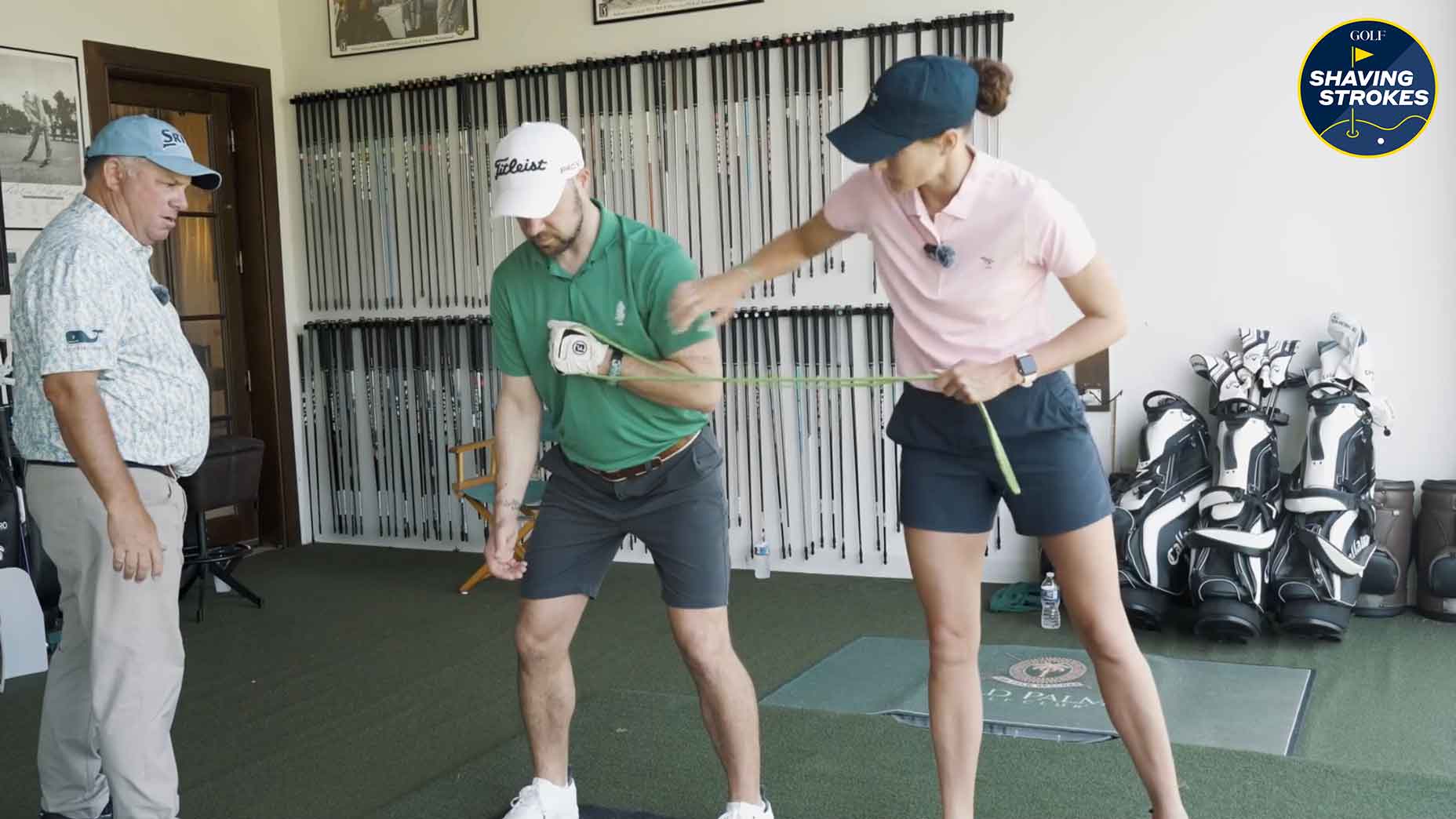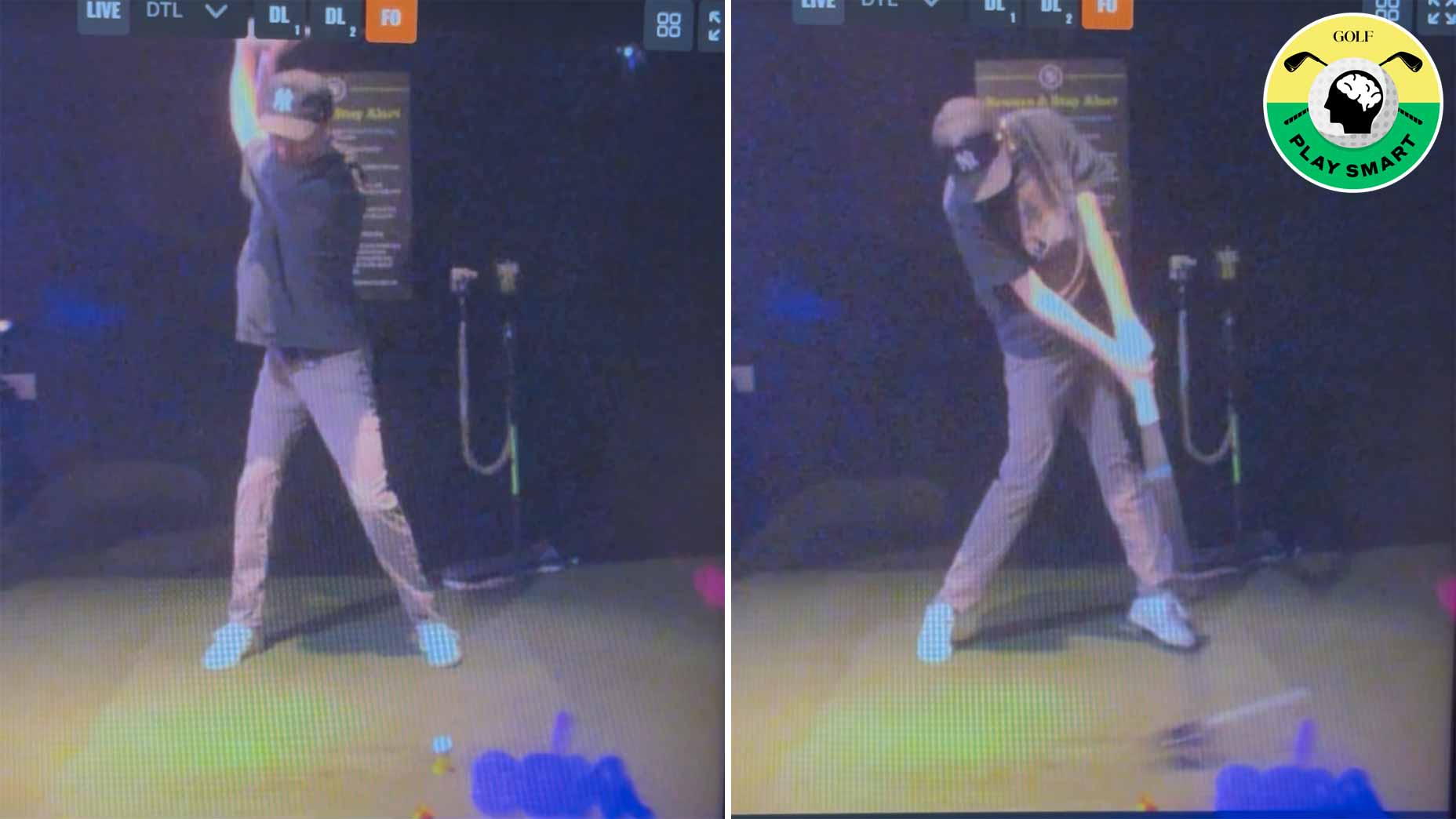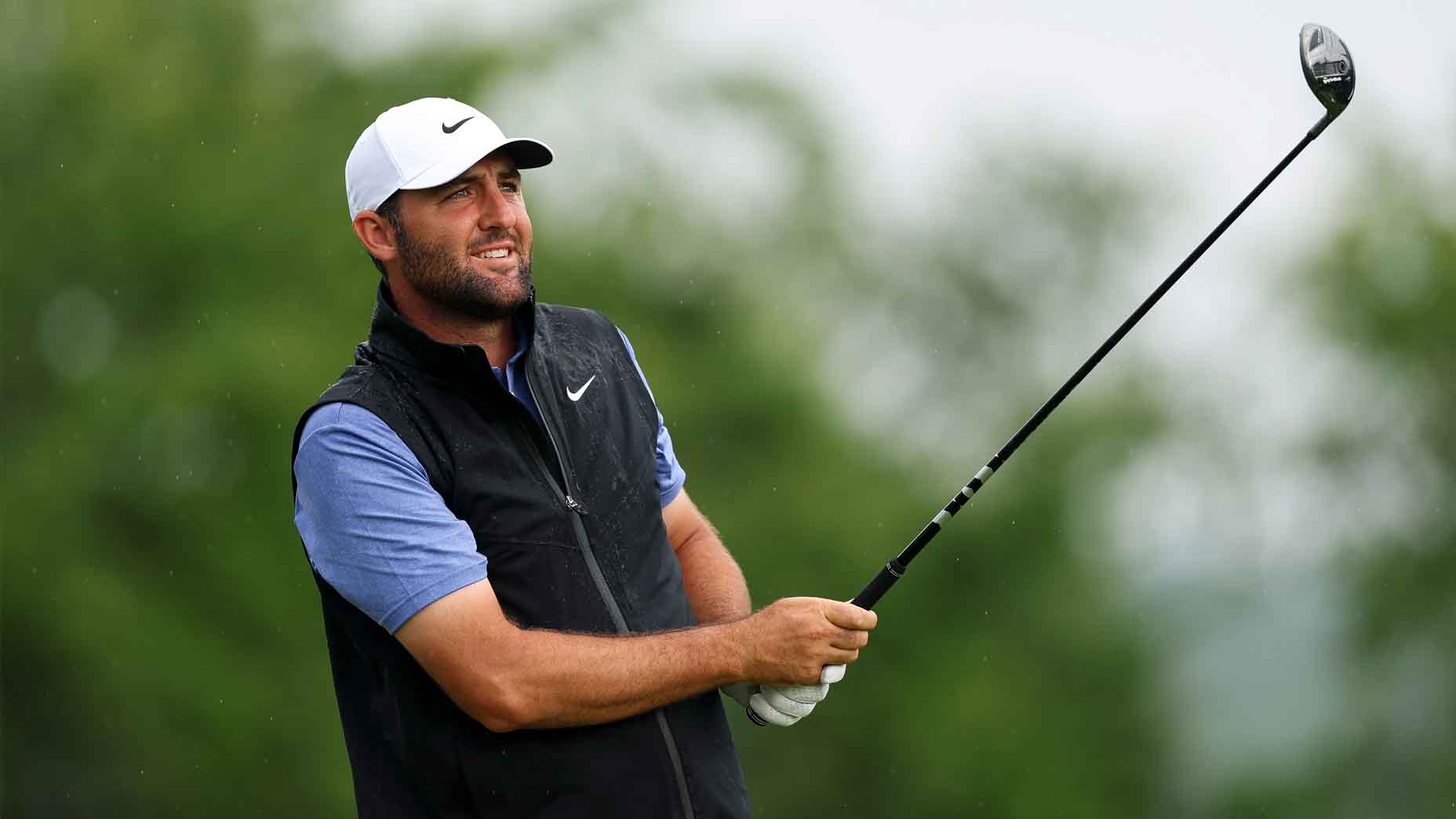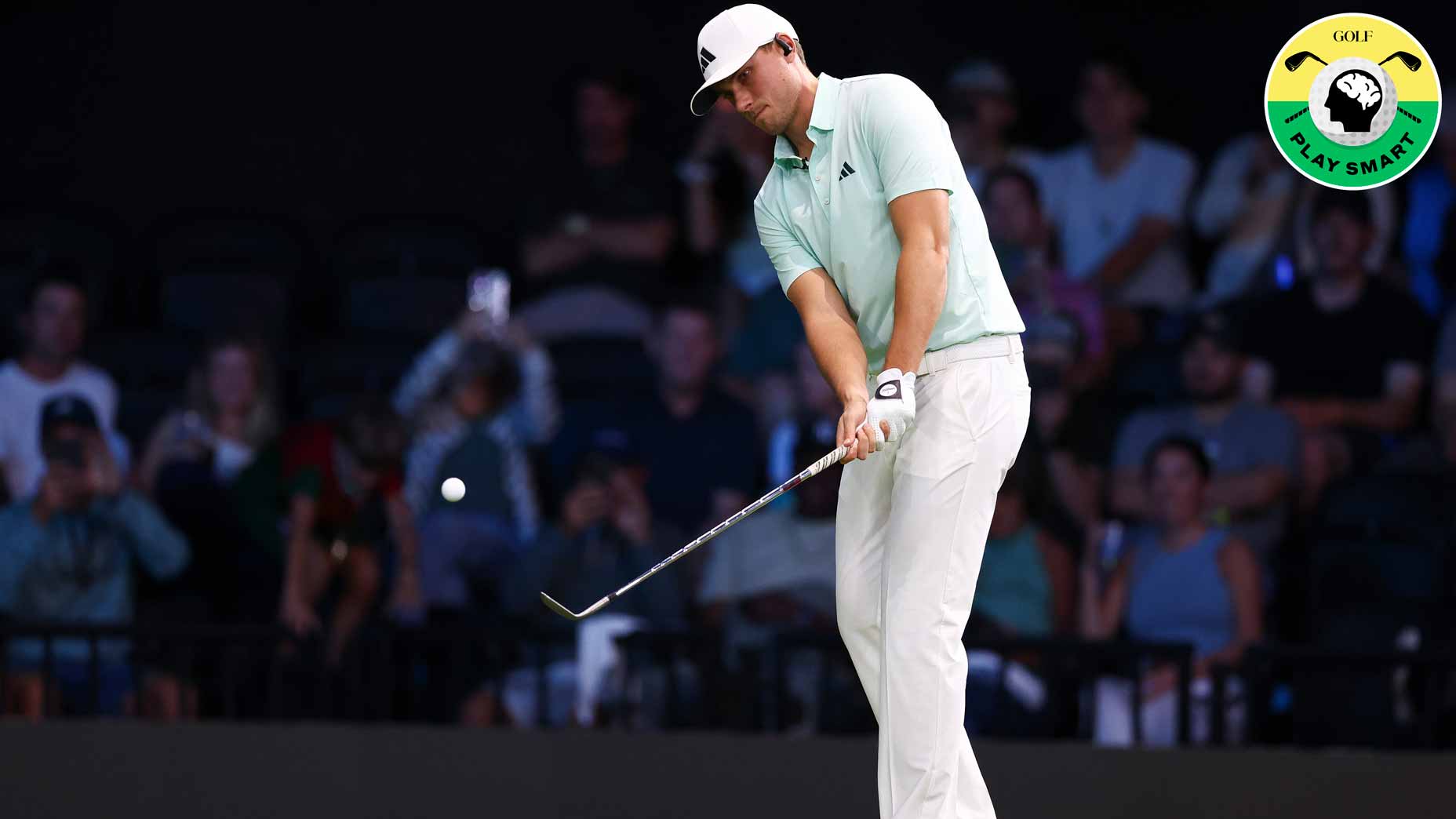As an amateur golfer and a mid-handicapper, I often wonder what I need to do in order to generate more driver distance. Sure, swinging faster would help, but it’s never that easy — increasing club speed needs to come after developing the proper fundamentals and sequencing.
Want to maximize your driver? 2 simple adjustments will helpBy: Nick Dimengo
I’m convinced that somewhere in my 40-year-old body is a 300-yard bomb. But what’s it going to take to do that consistently and not just get lucky once in a blue moon?
To help answer that question, I reached out to GOLF Top 100 Teacher Mark Durland, who delivered three common flaws that are costing me driver distance. Durland not only shared some traits holding me (and most amateurs) back, but offered up some solutions that should have me hitting it longer off the tee. Check out his advice below!
Improve your driver distance by fixing these common issues
Find the center
If you’re not making center-face contact, you have little chance of getting the driver distance you’re hoping for — and Durland says this is one of the more common problems he sees with students, as many hit the driver off of the toe or heel of the clubface.
In his eyes, hitting off the heel of the clubface is the worst place when seeking more distance.
“I see students lose 30, 40, or even 50 yards off the tee by hitting the heel of the club,” Durland tells me. “Most golfers don’t know they’re missing center-face contact because they don’t have a way of knowing. But by using foot spray on the clubface, you can get instant feedback.”
Once the student establishes a baseline of where contact is happening, they can make some educated decisions on finding the middle.
“If the student’s consistently missing off the heel of the clubface, they should stand further away from the ball at address,” he adds. “Finding the other side of the clubface (the toe in this instance) is a healthy exercise to help find the middle.
Should your tee height change when hitting a draw versus a fade?By: Derek Swoboda, GOLF Teacher to Watch , Nick Dimengo
“On the contrary, if they’re consistently missing off the toe of the clubface, they should start by standing closer and even addressing the ball with the heel of the clubface. If a golfer can hit both the toe and the heel, they should be able to find the middle through some experimenting and self-discovery.”
In addition to binstant all-striking feedback, Durland says using foot spray on the clubface can help determine where your tee height should be.
“Another great advantage of using the foot spray is that it can help with tee height,” he adds. “Many students wonder how high the tee should be when using driver, and using foot spray can help decipher if they’re hitting too low or too high on the clubface.”
Create a coil
What’s another possible reason you’re lacking driver distance? Durland says he regularly sees students only swing with their arms and shoulders, which doesn’t allow them to properly generate power.
“They’re not engaging other parts of their body like the core, torso, or legs — which is where the strength comes from,” Durland says.
So how does he help fix this common swing fault? By helping students understand how to create a proper coil in their backswing, which requires rotating to the point where the back and butt are exposed to the target at the top of the backswing.
“By doing this, it engages the torso and the legs, which helps generate more power,” he adds. “When a student coils correctly, I often see a jump of 3-5 miles per hour in clubhead speed.
“Every mile-per-hour increase with the driver is about 2.6 yards of distance. So if you can increase 5 miles per hour with the driver, that’s almost 15 yards of added driver distance.”
Quit the collapse
OK, so let’s say you’re hitting the center of the clubface and you’re creating the best coil possible, but still aren’t seeing the power or driver distance you want. What’s another reason you might be losing some power?
Durland says it could be due to collapsing in the backswing, meaning the elbows get folded and the hands move too close to the head.
1 backswing fix led to much better ball contact. Here’s howBy: Tony Ruggiero, Top 100 Teacher , Morgan Hale , Nick Dimengo
“If you’re doing this, it causes you to cast or throw from the top as you unfold the elbows and get the hands away from the head in the downswing,” Durland says. “But what’s interesting about this swing flaw is that there’s plenty of speed in the golf swing, it’s just located in the wrong place — which is way before impact.”
Durland reminds players that the speed should be past impact, and offers three trail arm checkpoints to ensure that’s happening.
“First, make sure that the trail elbow is away from the trail side and not plugged in. The second and third checkpoints require moving the trail bicep away from the trail forearm,” he says. “By executing these three checkpoints, you’ll establish the proper position at the top of your backswing. If it’s done correctly, you’ll hear the ‘swoosh’ of the clubhead past the golf ball, not before it.”
